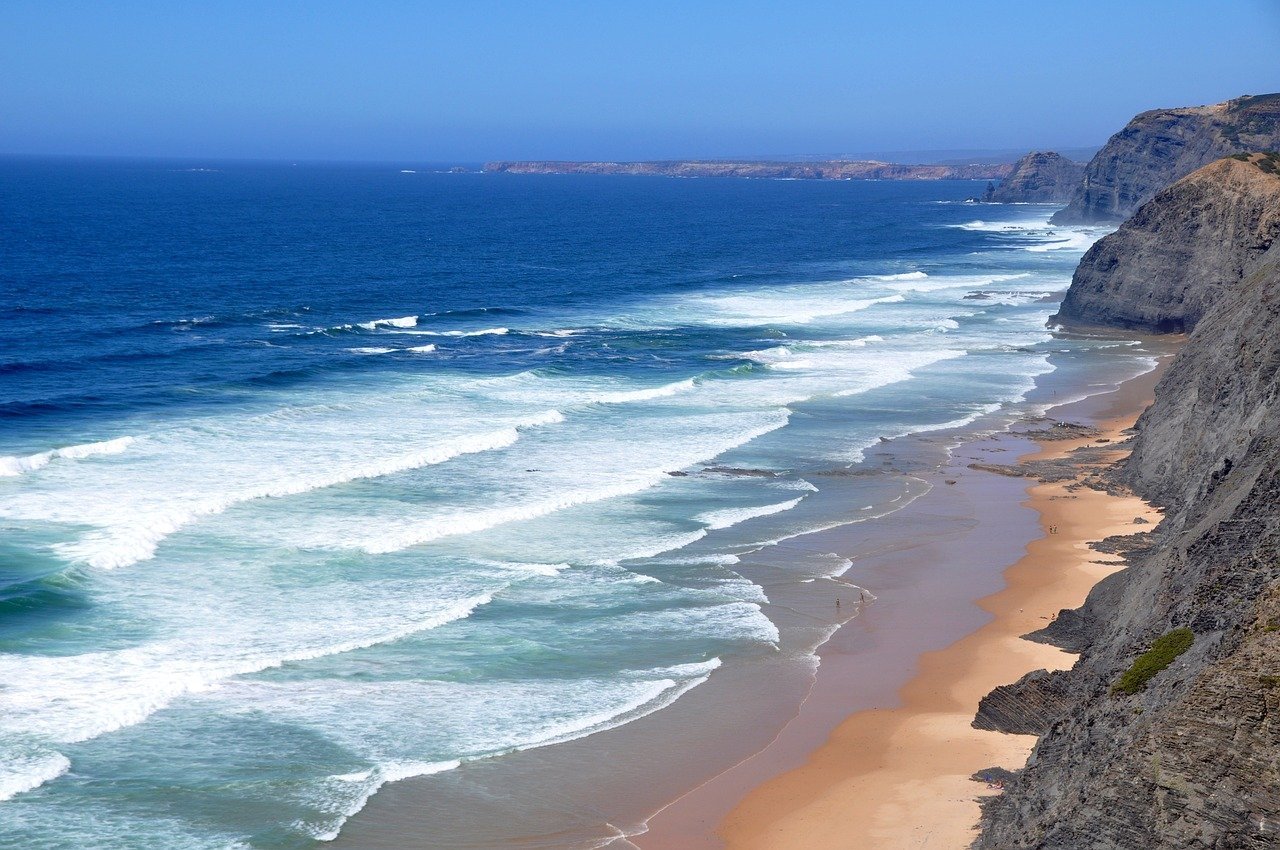Discover Portugal, a gem on the Iberian Peninsula, that beckons travelers with its rich tapestry of culture, history, and breathtaking landscapes. From the sun-kissed beaches of the Algarve to the vibrant streets of Lisbon, Portugal offers a myriad of experiences that cater to every kind of traveler.
Discover Portugal: Rich History and Culture
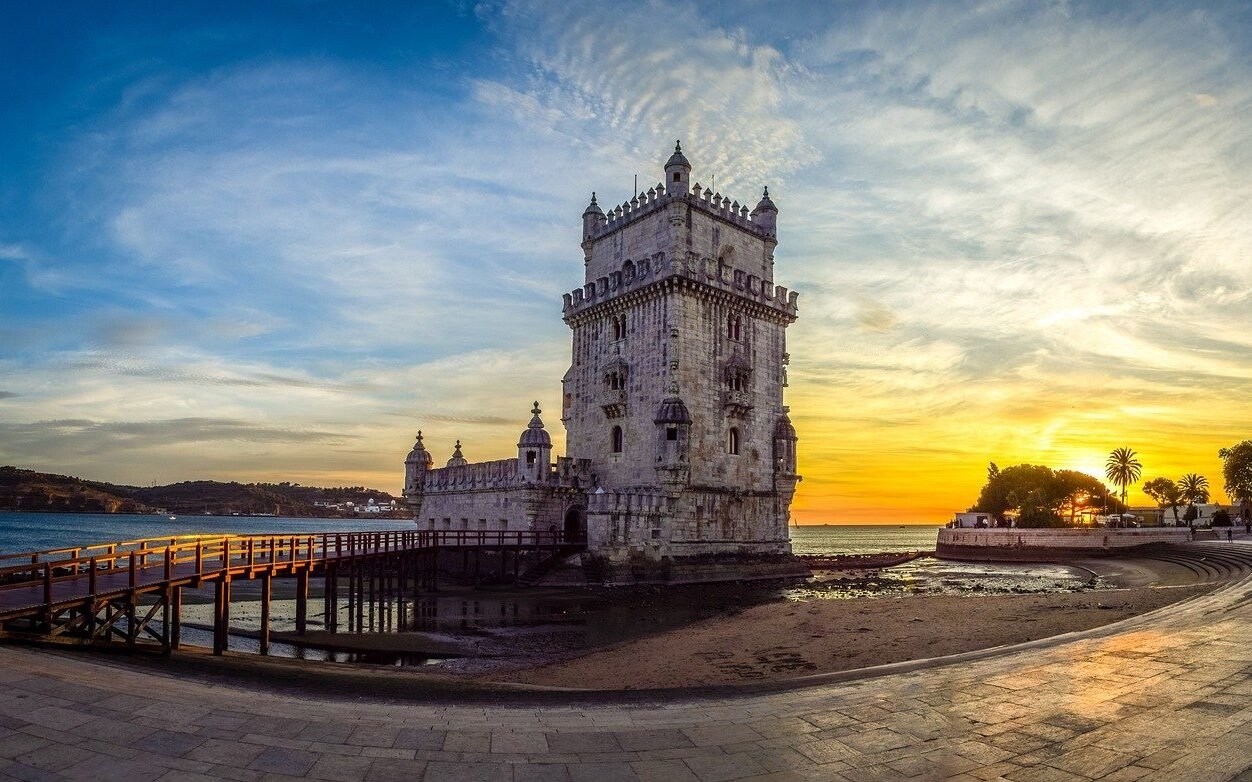
The Echoes of History
Portugal’s history is a vivid tapestry, interwoven with tales of global exploration, maritime prowess, and artistic expression. Notably, the Age of Discovery, a period marked by extensive overseas exploration, catapulted Portugal to the forefront of European maritime power in the 15th and 16th centuries. This era is encapsulated by the iconic UNESCO World Heritage sites in Lisbon:
Tower of Belem: Standing at the mouth of the Tagus River, the Belem Tower is a symbol of Portugal’s Age of Exploration. It served both as a fortress and a launch point for navigators setting sail to unknown lands.
Jeronimos Monastery: This grand monastery is a masterpiece of Manueline architecture. It’s closely linked with the early explorers, serving as a place of prayer and contemplation for seafarers.
Sintra: A picturesque town nestled in the Sintra Mountains, is famed for its romantic 19th-century architectural monuments. Palaces like Pena Palace and Quinta da Regaleira reflect the opulence and creativity of the Portuguese monarchy, with their eclectic blend of architectural styles and whimsical gardens.
Cultural Mosaic
Portugal’s culture mirrors the diversity of its landscape, from the northern mountains to the southern coastline. Integral to this cultural landscape is Fado, a music genre characterized by its melancholic tunes and reflective lyrics. It’s considered the heart of Portuguese music, often conveying stories of life, love, and longing. The alleys of Alfama in Lisbon are particularly renowned for Fado performances, where the soulful melodies resonate in the old bars and cafes.
Festivals play a crucial role in Portuguese culture, showcasing the nation’s rich heritage and zest for life. A notable example is the Carnival of Madeira, a vibrant festival filled with colorful parades, traditional music, and dance. This festival, along with others like the Feast of St. Anthony in Lisbon, highlights the community spirit and joy that pervade Portuguese celebrations.
Through these historical landmarks and cultural practices, Portugal tells a story of a nation shaped by its past, proud of its achievements, and eager to share its rich heritage with the world.
Discover Portugal: Geography and Climate
A Land of Contrasts
Portugal’s geography presents a tapestry of varied landscapes that contribute to its unique charm:
Northern Mountains and Valleys
- The north of Portugal is distinguished by its rugged terrain, with the prominent Serra da Estrela mountain range offering breathtaking views and challenging hiking trails.
- The Douro Valley, a UNESCO World Heritage site, is renowned for its terraced vineyards that gracefully follow the meandering Douro River. This region is the birthplace of Port wine and is celebrated for its rich viticulture.
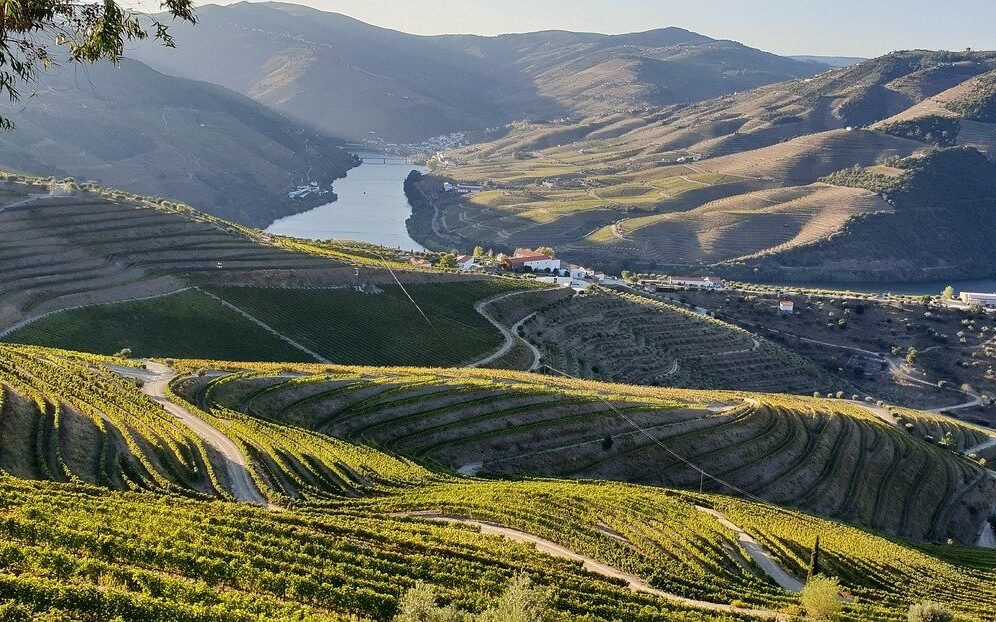
Central Plains and Forests
- Central Portugal features a mix of forested hills and flat plains, presenting a more temperate landscape.
- This area is known for its historical towns and Roman ruins, offering a glimpse into Portugal’s ancient past.
Southern Alentejo and Algarve
- Transitioning to the south, the Alentejo region unfolds with rolling plains and a drier climate, making it ideal for olive groves and cork oak forests.
- The Algarve, Portugal’s southernmost region, is famed for its dramatic cliffs, golden beaches, and picturesque coves, making it a haven for beach-goers and nature lovers.
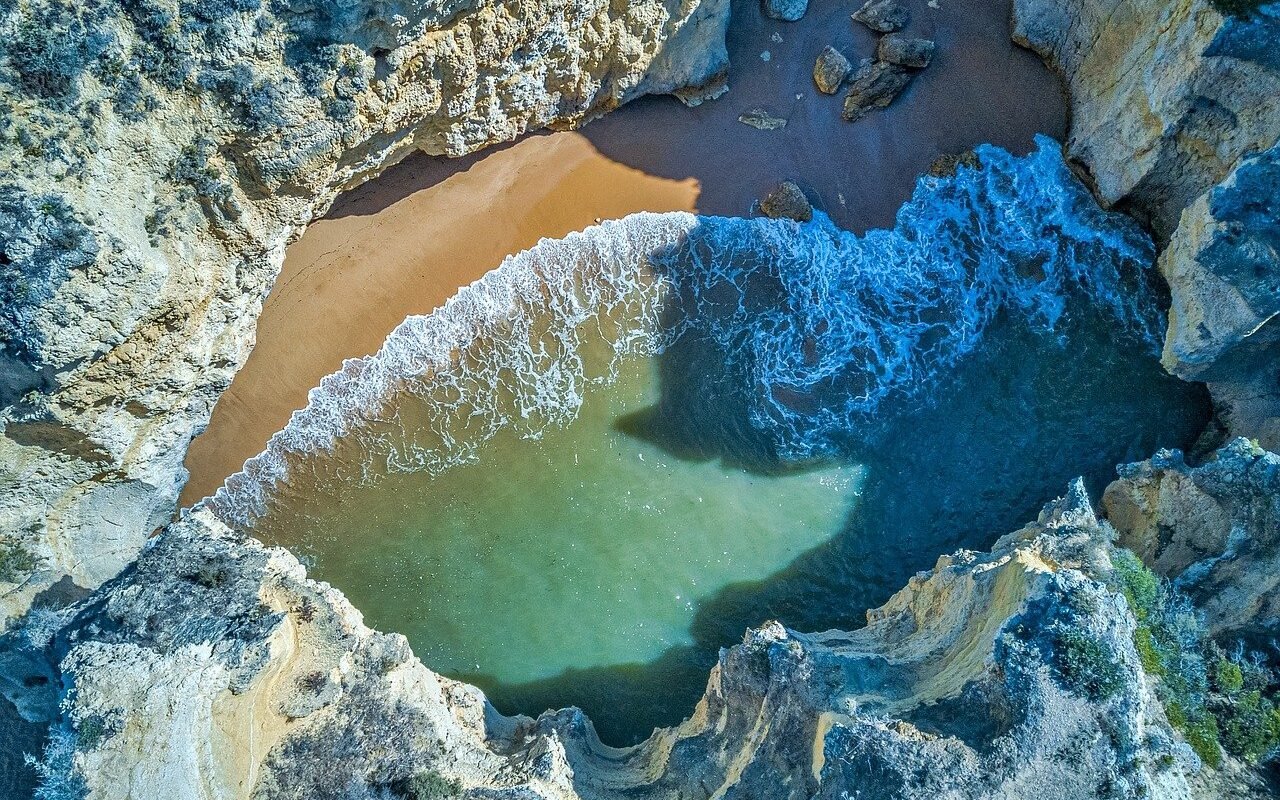
Climate: Sun and Sea
Portugal enjoys a varied climate that caters to diverse preferences:
Northern Atlantic Influence
- The northwest of Portugal, influenced by the Atlantic Ocean, experiences a mild but wet climate, with ample rainfall contributing to the region’s lush greenery.
- Winters here are cooler and summers are pleasantly warm, making it ideal for those who prefer a more temperate climate.
Mediterranean Warmth
- Most of the country, particularly south of the Tagus River, basks in a hot-summer Mediterranean climate. This region enjoys hot, dry summers and mild, wet winters.
- The Algarve is particularly renowned for its consistent sunshine and warm sea temperatures, offering ideal conditions for summer holidays focused on sunbathing and water sports.
Regional Variations
- Inland areas, especially in the mountains, can experience more extreme temperature variations, with snowy winters and hot summers.
- Coastal areas generally offer more moderate temperatures year-round, thanks to the moderating effect of the ocean.
Discover Portugal: What to Know Before You Go
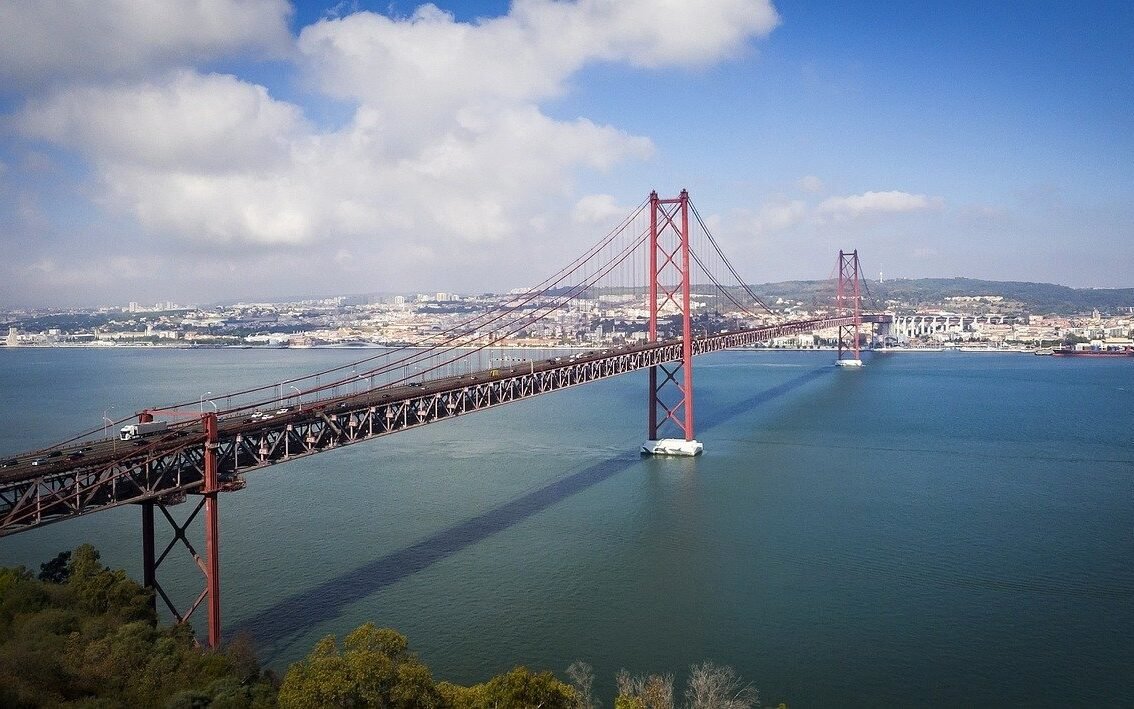
Language and Communication
Portuguese is a reflection of the country’s rich cultural heritage. While English is commonly understood in urban and touristic areas, speaking Portuguese, even basic phrases, can greatly enhance your travel experience. Here are a few more phrases to add to your repertoire:
“Por favor” (Please)
“Desculpa” (Sorry)
Embracing the local language demonstrates respect and can open doors to more authentic interactions with the Portuguese people.
Currency, Credit Cards, and ATMs
The Euro (€) is the legal tender in Portugal. Credit cards are accepted in most establishments, but it’s always prudent to have some cash on hand. Smaller establishments, local markets, and rural areas may not accept cards.
ATMs or ‘Multibanco’ are ubiquitous and often provide a variety of services beyond cash withdrawals, such as paying for tickets and bills. Be mindful of transaction fees when using foreign cards.
Power Plugs and Connectivity
Portugal uses Type F power sockets, operating on a standard voltage of 230V and a frequency of 50Hz. Travelers from countries with different power standards will need an adapter. Regarding connectivity, Portugal offers excellent digital infrastructure. Wi-Fi access is widespread and typically free in public spaces, cafes, and accommodations. However, if you require constant internet access, consider purchasing a local SIM card for data use, as it’s relatively inexpensive and offers good coverage.
Staying Safe
Portugal’s reputation as one of the safest European countries is well-earned, with low crime rates and a welcoming atmosphere for tourists. However, like any popular travel destination, it’s important to exercise caution to ensure a safe and enjoyable trip.
General Safety Tips
- Be Vigilant in Crowded Areas: Tourist spots, public transport, and crowded streets are common areas for petty thefts like pickpocketing. Always keep your belongings secure and within sight.
- Avoid Unlit or Less Crowded Areas at Night: Stick to well-lit and populated areas when traveling at night.
- Carry Identification: It’s legally required to carry some form of photo identification in Portugal. Keep a photocopy of your passport separately from the actual passport to mitigate the risk of losing it.
- Be Cautious with Valuables: Avoid displaying expensive jewelry, cameras, or smartphones in crowded places.
Health and Emergency Services
- Portugal has a reliable emergency response system. Dial 112 for any emergency, which is free of charge from any phone.
- Pharmacies are widely available for minor health concerns and are marked with a green cross.
Road Safety
- When driving, adhere to local traffic laws. Seat belts are mandatory, and the use of mobile phones while driving is prohibited unless with a hands-free system.
- Pedestrians should be mindful of traffic when crossing roads, especially in busy areas.
Tips and Fun Facts
- Historical Richness: Portugal’s history as the oldest nation-state in Europe is reflected in its diverse cultural heritage, ancient architecture, and historic sites.
- Lisbon’s Age: Surprising to many, Lisbon predates Rome by centuries. Its rich history can be seen in its unique blend of architectural styles and historic neighborhoods.
Top 10 Attractions: discover Portugal
Portugal, a country rich in history and natural beauty, offers a plethora of attractions for travelers. Here are the top 10 must-visit attractions:
Mosteiro dos Jerónimos, Lisbon: This architectural jewel in Lisbon is a prime example of Manueline architecture, characterized by its intricate ornamentation and maritime motifs. It commemorates Portugal’s Age of Discovery and is the final resting place of Vasco da Gama, a key figure in early exploration.
Oceanário de Lisboa: As one of the largest aquariums in Europe, the Oceanário de Lisboa offers an immersive experience into the aquatic world. It houses a diverse collection of marine species, emphasizing the delicate balance of marine ecosystems and the importance of conservation efforts.
Palácio Nacional de Sintra: Set amidst the lush greenery of the Sintra hills, this palace is a blend of Moorish and Manueline architecture. Its richly decorated rooms and the iconic twin chimneys make it a symbol of Portugal’s royal heritage and architectural ingenuity.
Torre de Belém, Lisbon: This fortified tower at the mouth of the Tagus River is a UNESCO World Heritage site. It served as a point of embarkation for explorers and as a ceremonial gateway to Lisbon, reflecting the maritime prowess of the Age of Discovery.
Porto’s Historic Centre: The historic center of Porto, another UNESCO World Heritage site, is famous for its stunning blend of architectural styles, picturesque riverside setting, and its significant role in the wine trade, particularly port wine.
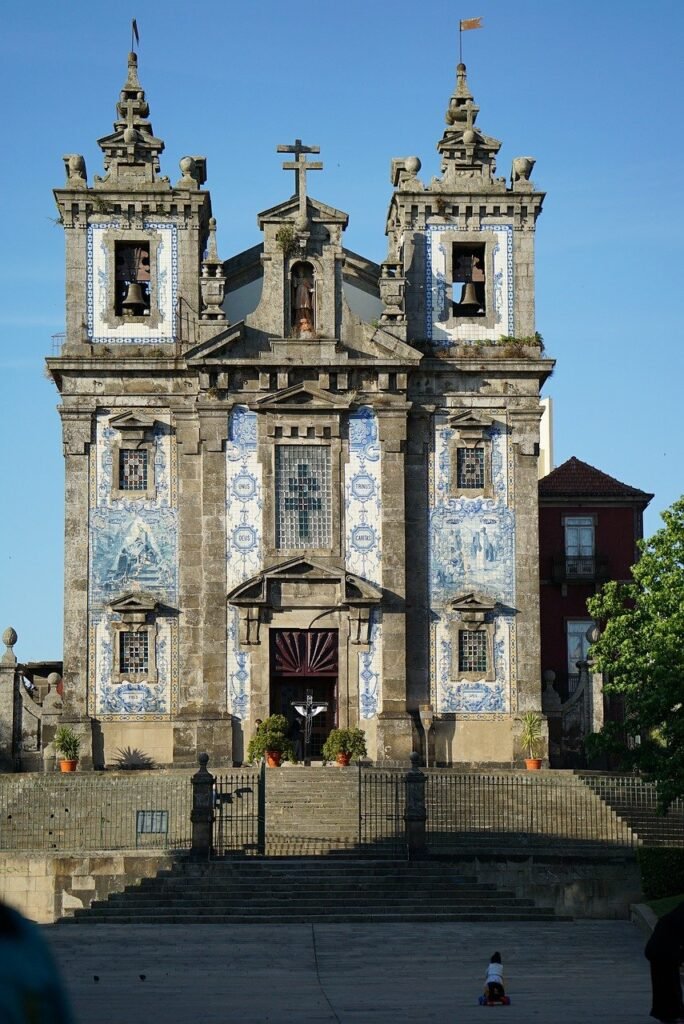
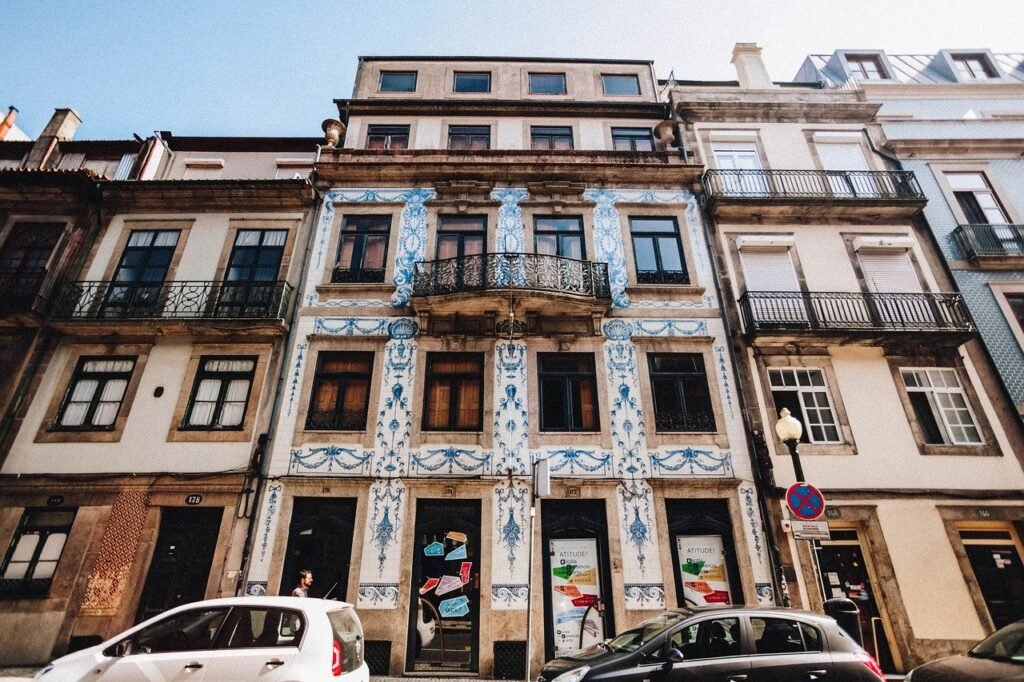
Algarve’s Beaches: The Algarve region is renowned for its breathtaking coastline, featuring golden sandy beaches, hidden coves, and rugged cliffs. It’s a perfect destination for water sports, sunbathing, and enjoying the vibrant coastal towns.
Douro Valley: Known for its terraced vineyards and scenic beauty, the Douro Valley is a key wine-producing region, particularly famous for Port wine. It offers captivating river cruises, providing a unique perspective of the valley’s landscapes.
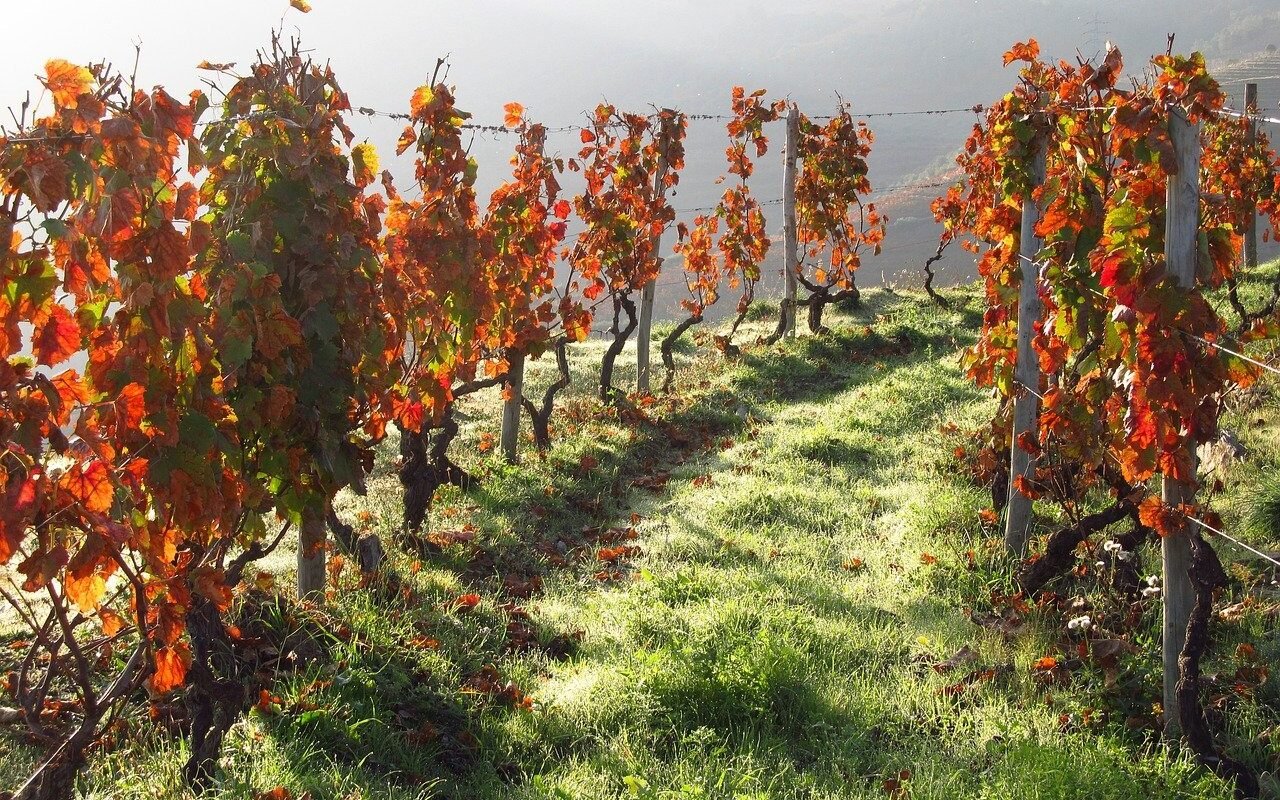
Pena Palace, Sintra: This 19th-century palace is a marvel of Romanticism, with its vivid colors, eclectic architectural styles, and fairy-tale-like appearance. The palace is set amidst the Sintra mountains and offers panoramic views of the surrounding countryside.
The Azores: This archipelago is a nature enthusiast’s paradise, featuring dramatic landscapes, rich marine life, and lush vegetation. Activities like whale watching, hiking, and exploring volcanic calderas highlight the islands’ natural beauty.
University of Coimbra: Established in the 13th century, this prestigious university is one of the oldest in Europe and a UNESCO World Heritage site. It is renowned for its historic buildings, beautiful library, and as a center for culture and learning in Portugal.
These attractions highlight the diverse cultural and natural beauty of Portugal, making it a captivating destination for travelers.
Off the Beaten Path: Discover Portugal

Portugal’s charm extends far beyond its well-known cities, revealing hidden gems and authentic experiences for those willing to explore. Here are more lesser-known yet captivating destinations:
Schist Villages (Aldeias do Xisto): Nestled in the central region of Portugal, these 27 picturesque villages, built almost entirely from schist stone, offer a step back in time. The tranquil ambiance, traditional architecture, and scenic hiking trails make for a serene escape.
Tavira, Algarve: Away from the bustling tourist centers of the Algarve, Tavira stands as a testament to traditional Portuguese culture. With its historic center, castle ruins, and beautiful Ilha de Tavira beach, this town offers a more laid-back Algarve experience.
Marvão: Perched atop a high granite crag of the Serra de São Mamede, this walled town offers breathtaking views over the Alentejo plains. Its narrow streets and well-preserved castle are emblematic of Portugal’s rich history.
Douro International Natural Park (Parque Natural do Douro Internacional): A hidden natural paradise along the Douro River, forming the border with Spain. It’s known for its dramatic cliffs, diverse birdlife, and remote hiking paths.
Serra da Arrábida, Setúbal: A stunning natural park south of Lisbon, offering lush green hills, secluded beaches, and crystal-clear waters. Perfect for outdoor enthusiasts who enjoy hiking and snorkeling.
Monsanto: Known as the “most Portuguese village of Portugal,” Monsanto is built among giant boulders and offers a unique glimpse into traditional village life.
Ria Formosa Natural Park, Algarve: A beautiful lagoon system teeming with wildlife, ideal for birdwatching, boat tours, and enjoying quiet beaches away from the Algarve’s tourist hotspots.
Do you want to know more about Sustainable Travel? Please read Travels Jinn guide: Global Sustainable Tourism: A Comprehensive Guide to Eco-Friendly Travel
Activities and Experiences in Portugal
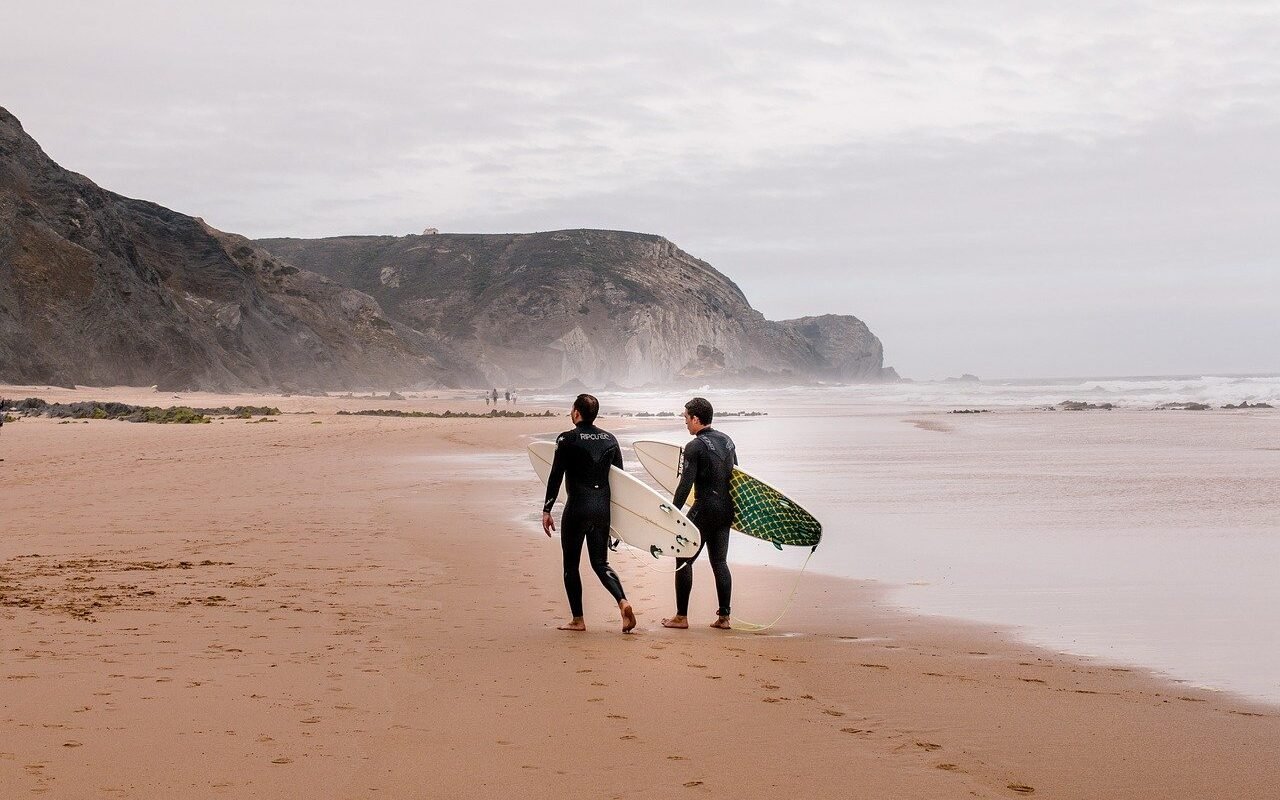
Portugal offers a diverse range of activities that cater to all kinds of interests, from thrilling adventures to serene cultural experiences. Here are some more activities to consider:
- Surfing in Nazaré: Known for some of the highest waves in the world, Nazaré attracts surfers seeking an ultimate challenge. Whether you’re an experienced surfer or just want to watch the pros, this coastal town offers a unique surfing experience.
- Douro Valley Wine Tours: The Douro Valley, with its picturesque vineyards and scenic river, is perfect for wine enthusiasts. Explore various quintas (wine estates), indulge in wine tastings, and learn about the region’s winemaking history.
- Explore the Historic Villages: Portugal’s historic villages offer a window into the past. Visit places like Óbidos, Monsanto, and Marvão for a glimpse of medieval architecture, cobblestone streets, and traditional Portuguese life.
- Hiking in Madeira: Discover the lush landscapes of Madeira through its extensive network of levadas (irrigation channels). These offer scenic hikes with views of mountains, forests, and waterfalls.
- Lisbon’s Tram 28 Journey: Take a ride on the iconic Tram 28 through Lisbon’s historic neighborhoods. It’s a delightful way to see the city’s charming streets and landmarks.
- Azores Island Hopping: The Azores archipelago, with its dramatic landscapes and rich marine life, is ideal for island hopping. Activities include whale watching, snorkeling, and exploring volcanic craters.
- Portuguese Cooking Classes: Immerse yourself in Portuguese cuisine by taking a cooking class. Learn to prepare traditional dishes like Bacalhau à Brás or Pastel de Nata.
- Algarve Cave Tours: Explore the Algarve’s stunning coastline by boat, visiting unique sea caves and grottoes, particularly the famous Benagil Cave.
- Fado Music Experience in Lisbon or Porto: Experience the soulful sounds of Fado music in its birthplace. Attend a Fado show in Lisbon or Porto for an evening of traditional Portuguese music.
- Hot Air Balloon Rides in Alentejo: For a different perspective, take a hot air balloon ride over the rolling hills and plains of Alentejo, offering breathtaking views, especially at sunrise.
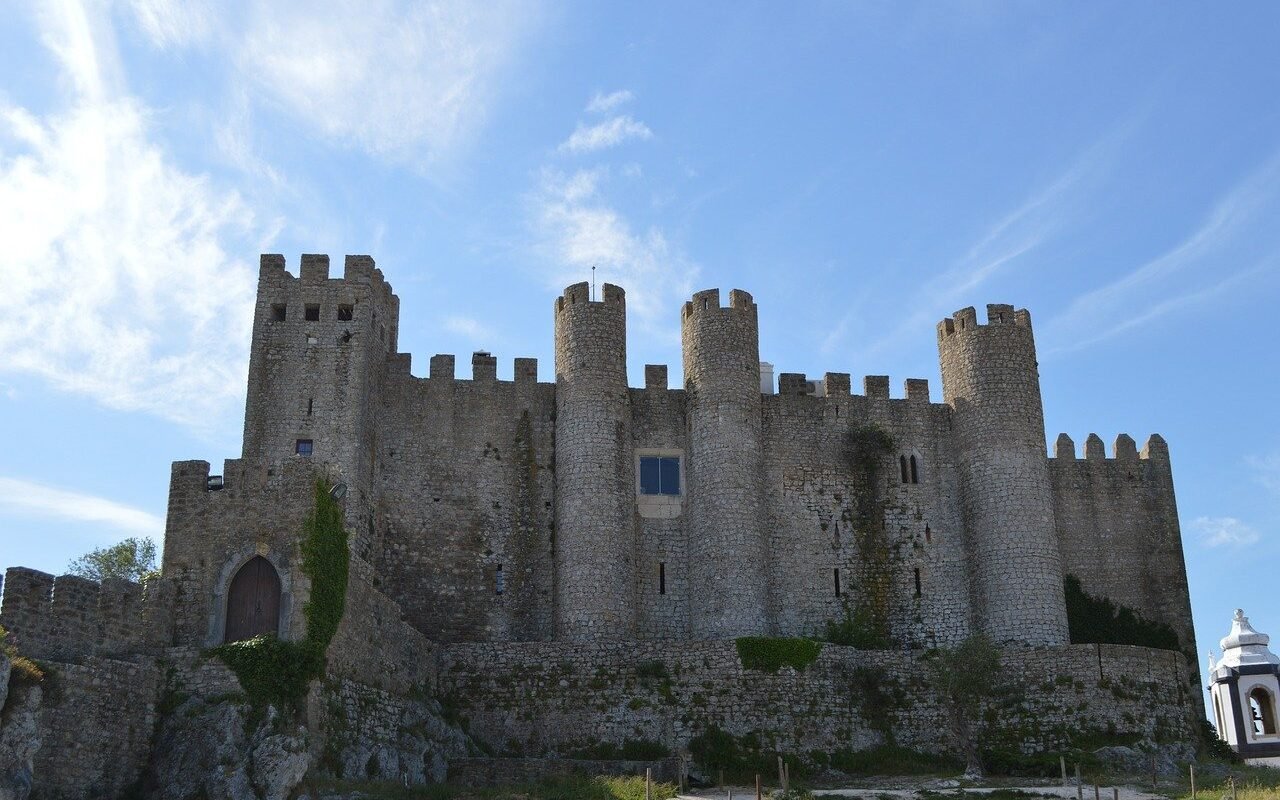
Find these activities and more in Travels Jinn Explore Experiences! Memorable moments awaits!
Discover Portugal Cuisine: A Feast for the Senses

Portuguese cuisine is deeply intertwined with the country’s history, culture, and geographical location. It offers a diverse palette of flavors, ingredients, and cooking methods, reflecting its maritime heritage and historical explorations.
- Bacalhau (Codfish): Often called Portugal’s national dish, Bacalhau has countless variations, from “Bacalhau à Brás” (shredded codfish with onions, potatoes, and eggs) to “Bacalhau com Natas” (codfish with cream).
- Pastéis de Nata: These world-famous custard tarts, originally from Lisbon’s Belém district, combine a flaky pastry crust with a creamy, sweet custard filling, often dusted with cinnamon.
- Cozido à Portuguesa: A hearty stew that combines a variety of meats, sausages, and vegetables, cooked slowly to create a rich and flavorful dish.
- Caldo Verde: A simple yet soulful soup made with kale, potatoes, and chouriço sausage, representing the rustic, comforting aspect of Portuguese cuisine.
- Francesinha: A signature sandwich from Porto, made with bread, wet-cured ham, linguiça, fresh sausage, steak or roast meat, covered with melted cheese and a hot, thick tomato and beer sauce.
- Seafood: Given its extensive coastline, Portugal boasts a rich array of seafood dishes, such as “Cataplana de Marisco” (seafood stew) and “Sardinhas Assadas” (grilled sardines).
- Alheira: A traditional Portuguese sausage made with meats other than pork, usually veal, duck, chicken, quail or rabbit, and bread.
- Vinho Verde: A unique Portuguese wine that is light, fresh, and slightly effervescent, originating from the Minho province in the north of Portugal.
- Piri-Piri Chicken: Influenced by African ingredients, this dish features chicken marinated in piri-piri (small, fiery chili peppers), garlic, and spices, then grilled to perfection.
- Queijo da Serra: A rich, creamy cheese from the Serra da Estrela region, made from sheep’s milk and often served with fresh bread or as part of a dessert.
Deep Dive into Portuguese Culture
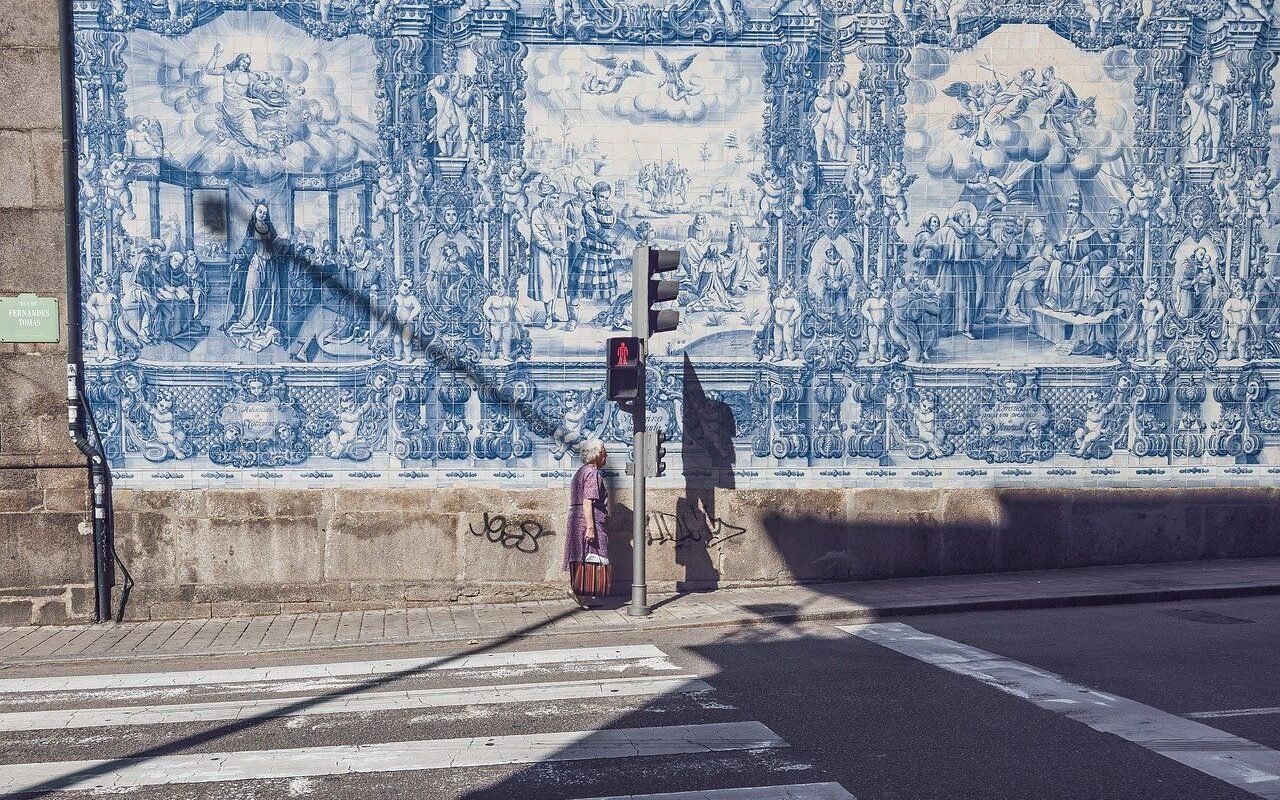
Music and Dance: The Soul of Portugal
Fado Music
Fado is much more than a musical genre; it’s a profound expression of the Portuguese ethos, often described as a sentiment of ‘saudade’, a deep longing or nostalgia. It usually features a solo vocalist accompanied by the classical Portuguese guitar, embodying the nation’s history, struggles, and joys. The melancholic melodies and poignant lyrics often tell stories of life at sea, love, and hardship, deeply resonating with listeners.
Folk Dances
Portuguese folk dances, such as “Corridinho” from the Algarve and “Vira” from Minho, celebrate the country’s regional diversity. These traditional dances, often performed at festivals, involve lively, rhythmic movements that reflect the communal spirit of Portuguese culture.
Local Festivals: Celebrate Like a Local
Festas de Santo António in Lisbon
Celebrated every June, the Festas de Santo António honor Lisbon’s patron saint with colorful parades, traditional music, and dance. The streets are adorned with decorations, and the aroma of grilled sardines fills the air. One of the highlights is the parade of Marchas Populares, where neighborhoods compete with elaborate costumes and choreography.
São João Festival in Porto
The São João Festival in June transforms Porto into a vibrant hub of activity. The celebration includes street concerts, dance performances, and the unique tradition of hitting passers-by with plastic hammers or garlic flowers. The night sky lights up with fireworks, reflecting off the Douro River.
Other Notable Festivals
- Carnival of Madeira: A colorful event featuring grand parades, extravagant costumes, and lively samba music.
- Festa dos Tabuleiros in Tomar: Occurring every four years, it’s famous for its procession of hundreds of women carrying tabuleiros (trays) adorned with bread and flowers on their heads.
Travel Tips for Portugal
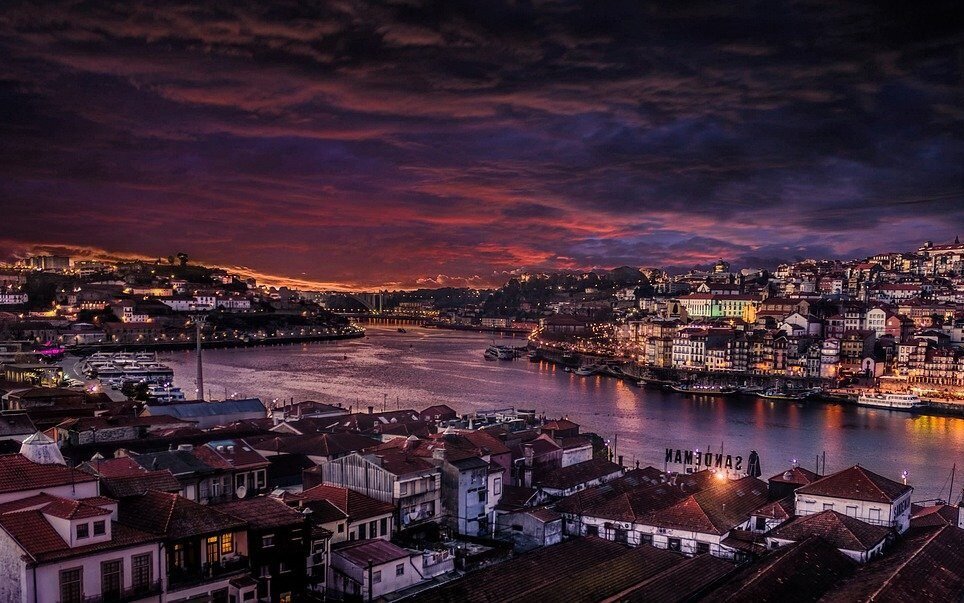
Navigating Portugal can be a delightful and memorable experience. To make the most of your trip, here are some expanded travel tips:
Discover Portugal: Best Time to Visit
- Spring (March to May): Enjoy mild weather and blooming landscapes. It’s ideal for outdoor activities and city tours, with fewer tourists.
- Fall (September to November): Offers similar advantages to spring, with grape harvests in the wine regions being a highlight.
- Summer (June to August): Peak tourist season, especially in coastal areas. Expect higher temperatures and more crowded attractions.
- Winter (December to February): Quieter and cooler, suitable for cultural exploration in cities. Some coastal resorts may close, but city life remains vibrant.
Discover Portugal: Navigating Transportation
- Public Transport: Extensive network of buses and trains, especially efficient in cities like Lisbon and Porto. Consider purchasing a Viva Viagem or Andante card for convenience.
- Car Rentals: Offers flexibility for exploring rural areas. Remember to check toll fees on highways.
- Domestic Flights: Useful for quickly traveling between regions, like Lisbon to the Azores or Madeira.
- Walking and Cycling: Many cities are pedestrian-friendly. Coastal areas and nature reserves offer excellent cycling routes.
Remember, being informed and prepared can greatly enhance your travel experience in Portugal, allowing you to immerse yourself fully in the rich culture and stunning landscapes of this unique country.
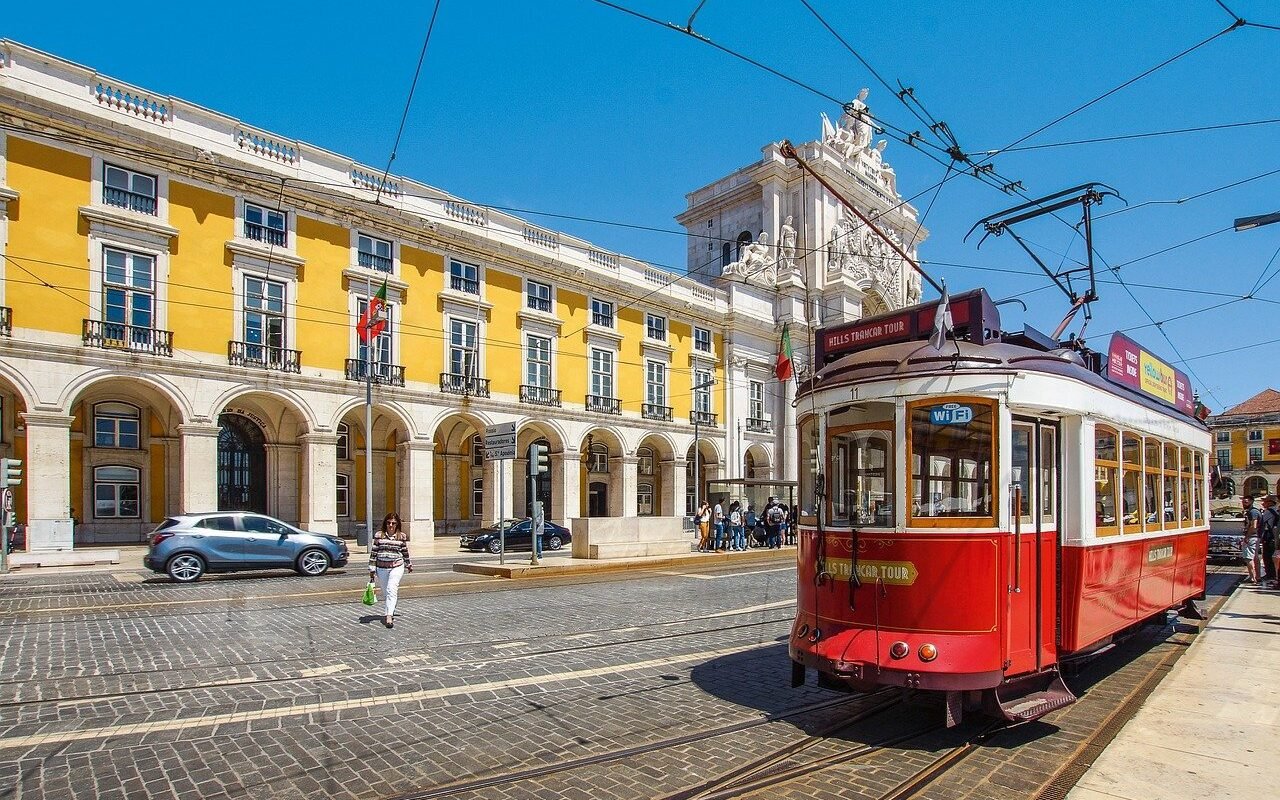
At Travels Jinn, we understand that each traveler has unique preferences. We help you design tailor-made itineraries that align with your interests, whether it’s a cultural deep-dive in historic cities, a culinary journey through renowned wine regions. Go to Travels Jinn Itinerary to create your dream tour!
Experience the best of Portuguese hospitality. From luxury resorts in the Algarve to charming boutique hotels in Lisbon and historic quintas in the Douro Valley. Select, with us, accommodations that enhance your stay, ensuring comfort, quality, and a taste of local charm. Book here!
Our comprehensive services include booking guided tours, and providing 24/7 support during your trip with useful Guides and Translations! We ensure a hassle-free travel experience, so you can focus on enjoying the beauty of Portugal.
Portugal is waiting … Embrace your tailor-made adventure!

